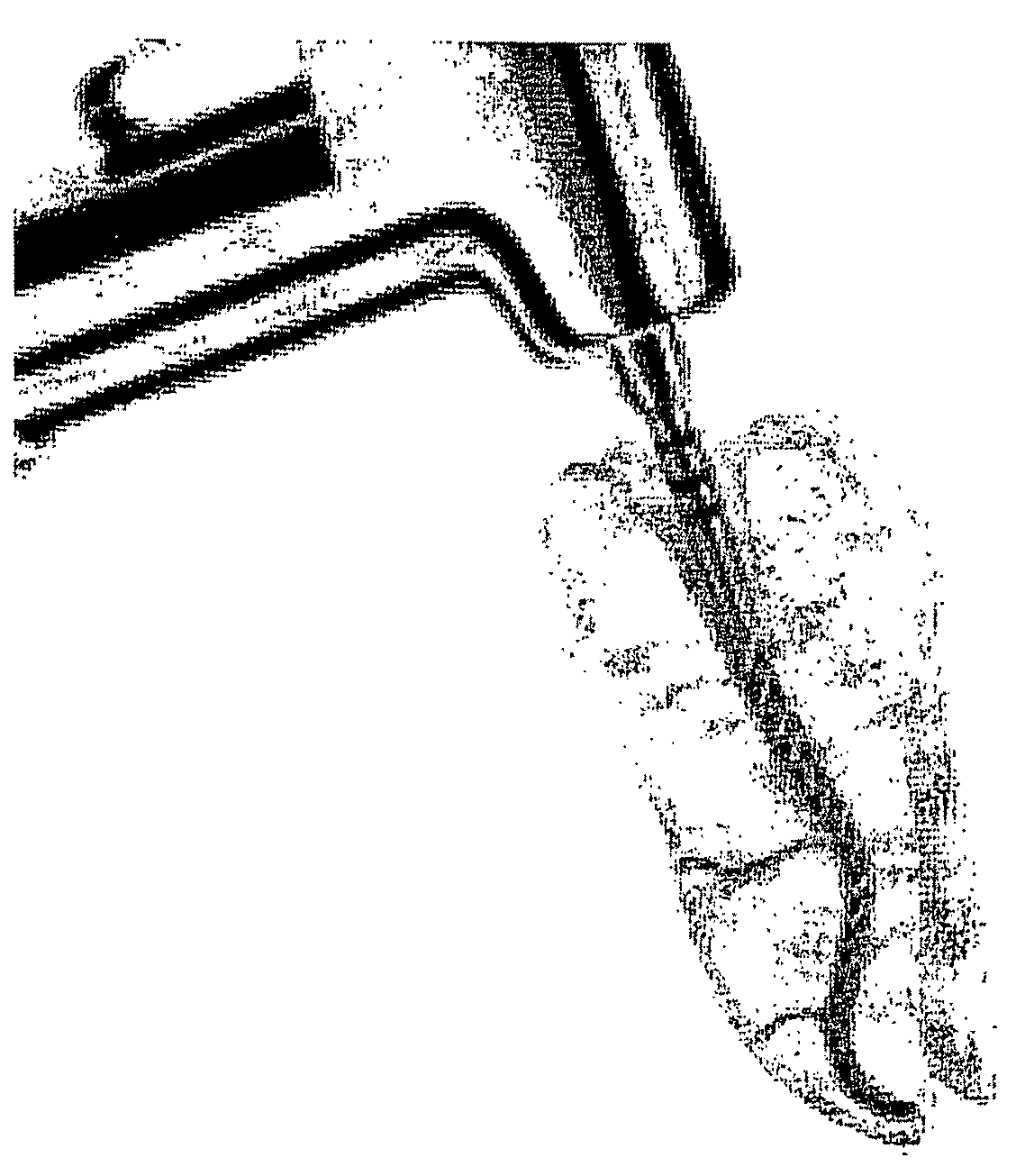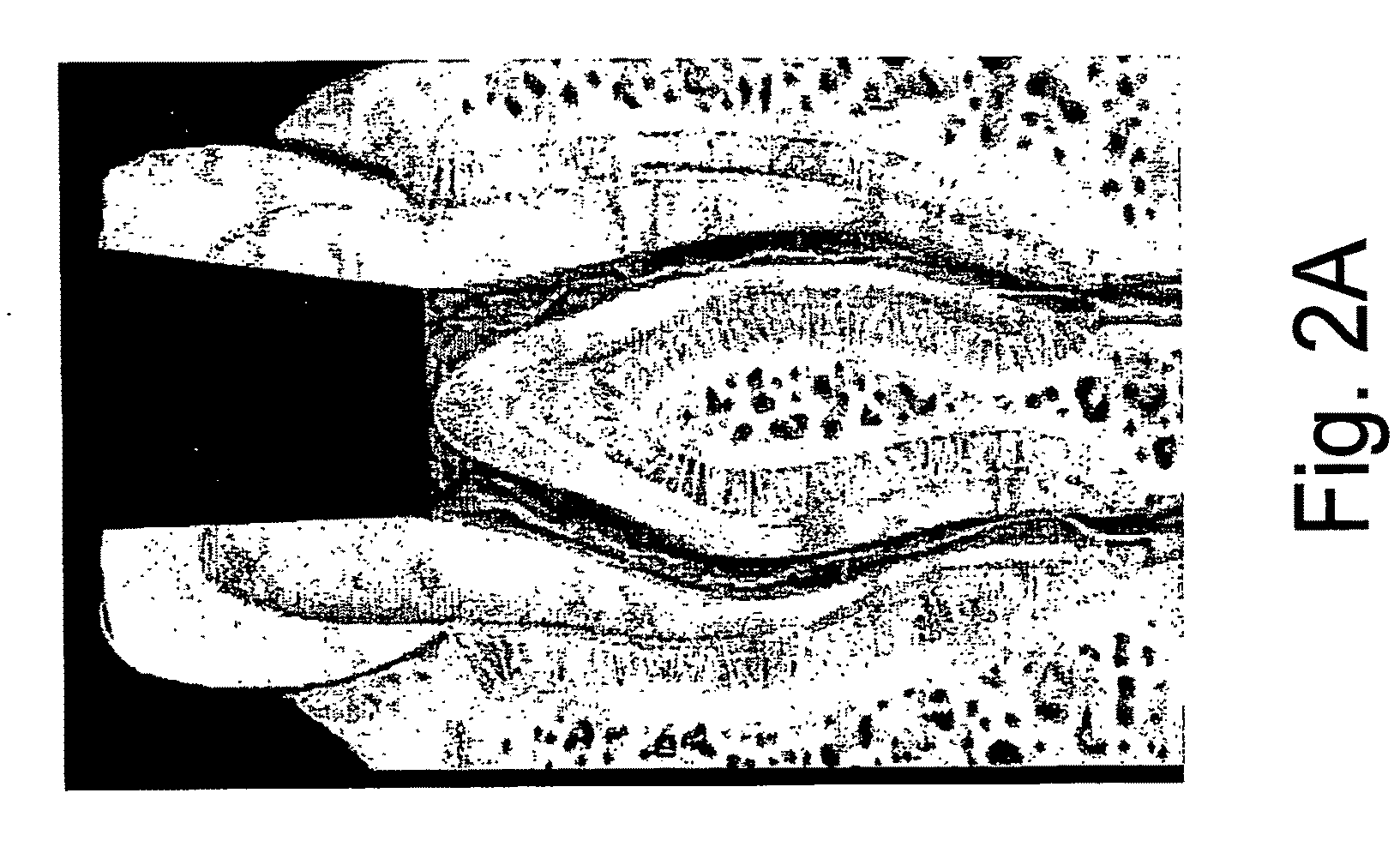Self Adjusting Instrument
a self-adjusting and instrument technology, applied in the field of tools, can solve the problems of persistent apical periodontitis, poor treatment quality, poor quality of treatment, etc., and achieve the effects of saving valuable time, improving debridement and disinfection procedures, and effective cleaning of the entire canal
- Summary
- Abstract
- Description
- Claims
- Application Information
AI Technical Summary
Benefits of technology
Problems solved by technology
Method used
Image
Examples
Embodiment Construction
[0065]In general, the channels to be widened and / or cleaned and / or shaped by the instrument of the invention are relatively long and narrow. These channels will be described hereinbelow in terms of a single “longitudinal axis”, which is the line defined by the loci of the center points of the channel along its length, and a multitude of “radial axes”, wherein each such radial axis is defined by a line originating at a point on the longitudinal axis and perpendicular to the longitudinal axis at that point. Rotation of a given radial axis around its origin defines the localized “radial plane”. The direction essentially parallel to the longitudinal direction will be known as the “longitudinal direction” and the direction essentially parallel to one of the radial axes will be known as the “radial direction”. Because the instrument of the invention conforms to the shape of the canal similar terminology will be used to describe the principal axes of the instrument.
[0066]The instrument of ...
PUM
 Login to View More
Login to View More Abstract
Description
Claims
Application Information
 Login to View More
Login to View More - R&D
- Intellectual Property
- Life Sciences
- Materials
- Tech Scout
- Unparalleled Data Quality
- Higher Quality Content
- 60% Fewer Hallucinations
Browse by: Latest US Patents, China's latest patents, Technical Efficacy Thesaurus, Application Domain, Technology Topic, Popular Technical Reports.
© 2025 PatSnap. All rights reserved.Legal|Privacy policy|Modern Slavery Act Transparency Statement|Sitemap|About US| Contact US: help@patsnap.com



